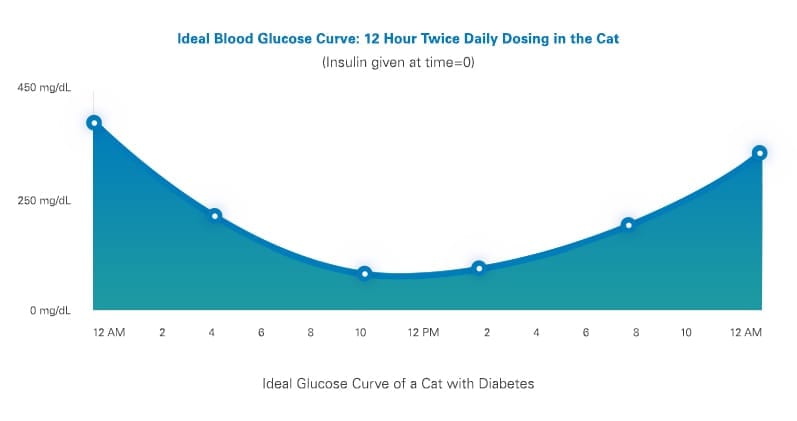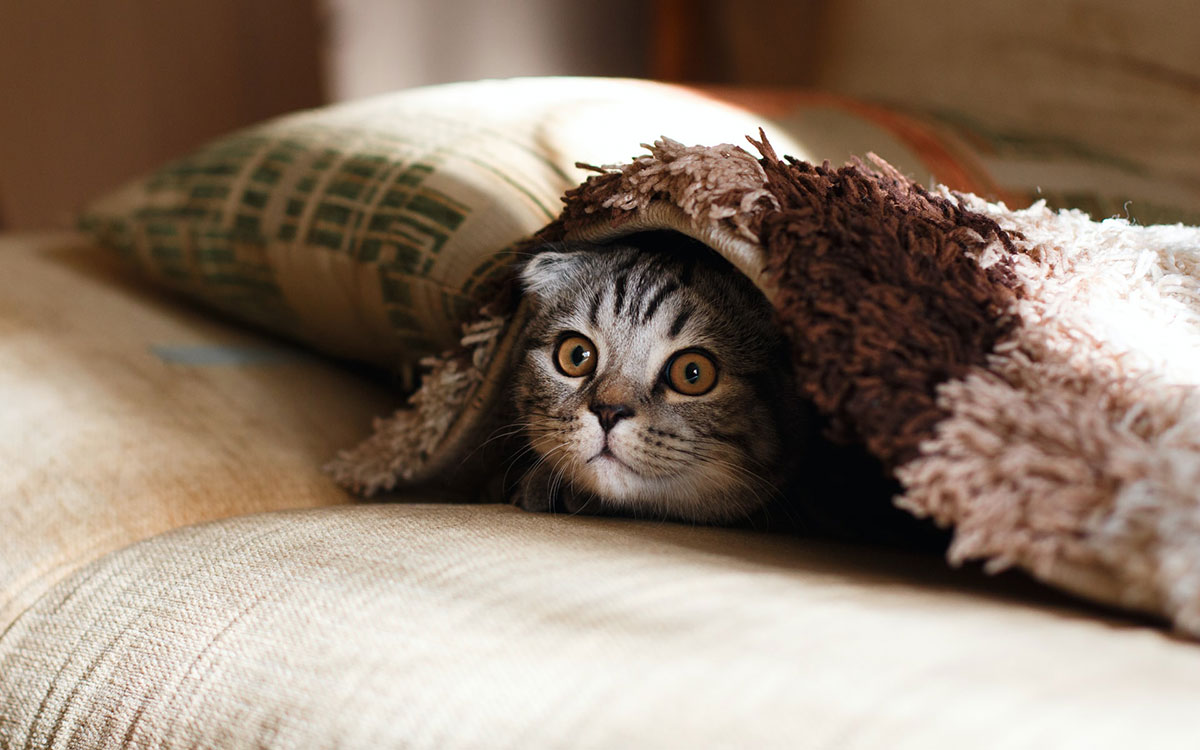Cats need balanced glucose levels for good health. Abnormal levels can signal health issues.
Understanding cat glucose levels is crucial for pet owners. It helps in monitoring a cat’s health and recognizing potential problems early. Glucose, a sugar, is vital for energy. When imbalanced, it can lead to conditions like diabetes. Owners must be aware of signs indicating a problem.
These include increased thirst, frequent urination, and changes in weight. Regular vet check-ups can monitor glucose levels effectively. This ensures your cat stays healthy and energetic. Understanding glucose levels enables you to make informed decisions about your cat’s diet and lifestyle. This knowledge is key to your pet’s well-being. It helps prevent serious health issues. Your cat depends on you for a healthy life.
Importance Of Monitoring Glucose Levels
Keeping a close watch on a cat’s glucose levels is vital. High or low glucose can make a cat sick. It affects the cat’s energy and mood. Cats with diabetes need extra care. Their blood sugar needs regular checks.
Healthy glucose levels mean a happy cat. It also prevents long-term issues. A stable glucose level keeps the cat active and playful. Cats feel better and live longer with reasonable glucose control.
Early detection saves lives. Check glucose levels often. This helps find problems early. Cats can’t tell us they feel bad. Owners must watch for signs.
Regular tests catch changes before they get worse. Early action means better treatment. Cats stay healthier with quick care. Spotting issues early keeps cats safe and well.
Recognizing Symptoms Of Imbalance
High glucose in cats can cause frequent thirst. They may drink water more than usual. Some cats eat more food. They may feel hungry all the time. Weight loss can happen even if they eat a lot. Watch for frequent urination. Cats might visit the litter box often. Tiredness is another sign. Your cat may sleep more. High glucose levels can cause cats to feel weak.
Low glucose levels can make cats feel dizzy. They may stumble or fall. Some cats shake or tremble. They might act confused. Watch for signs of extreme hunger. Your cat may beg for food. Low energy is common. Cats may lie down often. They might breathe fast. Look for signs of weakness. Cats may struggle to move.
Methods For Measuring Glucose
Blood tests are a common way to check cat glucose levels. Veterinarians often perform these tests in clinics. A small blood sample is taken from the cat. This sample shows the glucose level in the blood. It’s a reliable method. Results are quick and accurate. This helps in monitoring your cat’s health.
At-home devices allow pet owners to check their pet’s glucose levels easily. These devices are easy to use. They work like human glucose meters. A small prick on the cat’s ear or paw gives a blood drop. The device reads the glucose level. It’s convenient for regular checks. Owners can track their cat’s health at any time. This offers peace of mind.

Diet’s Role In Glucose Management
Cats require a balanced diet to maintain stable glucose levels. Foods high in fiber help regulate blood sugar levels. Many cat foods contain a high amount of carbohydrates. These can cause glucose levels to rise. Choosing foods with more protein and less carbs is better. Canned foods often have less carbs than dry foods. Look for foods labeled as low-glycemic. This can help maintain normal glucose levels. Always read labels before buying cat food.
Treats can spike your cat’s glucose levels. Too many treats are not good. They can add extra sugar to the diet. Choose treats that are low in sugar. Treats should not be a big part of a cat’s diet. Use them sparingly. Sometimes, homemade treats can be better. They let you control the ingredients.
Exercise And Glucose Regulation
Physical activity helps manage your cat’s glucose levels. Regular exercise boosts insulin sensitivity. This makes it easier to manage blood sugar levels. It also reduces stress in cats. Stress can impact glucose levels negatively. Moreover, active cats are less likely to gain weight. Being overweight can lead to higher glucose levels. Exercise can also strengthen your cat’s muscles and joints. Stronger muscles support better health overall.
Start with short sessions of play. Gradually increase the time as your cat gets used to it. Use toys like balls or strings to engage them—change activities to keep them interested. Observe your cat’s reaction to ensure they enjoy it. Always be gentle and patient during playtime. Consistency is key. Try to have playtime daily at the same time each day. This builds a routine they can rely on. Include a variety of toys for added interest.
Medication And Insulin Therapy
Medications help control glucose levels in cats. Oral medications can be used for some cats. These pills help manage blood sugar. Insulin injections are common for diabetic cats. They control glucose better than pills. Diet changes can also help. Exceptional food keeps glucose stable. Vets decide which medication is best. Always consult a veterinarian before starting any treatment. Monitoring is key. Check glucose levels often.
Insulin must be given with care. Clean the injection site before use. Select the right spot, such as the neck or back. Measure the insulin dose carefully. Use a sharp needle for easy injection. Keep insulin cool in a fridge. Warm it slightly before use. Calm your cat before giving insulin. Watch for signs of discomfort. Report any problems to your vet. Safety is paramount when giving insulin.
Monitoring Techniques And Tools
Tracking glucose levels helps keep a cat healthy. Regular checks show how glucose changes. Blood tests are standard and reliable. They tell the glucose level at that moment. Urine tests can also help. They show glucose over a longer time. Consistent tracking helps find patterns. Knowing patterns helps in adjusting diets or medicine.
Technology makes monitoring easier. Glucose meters are small devices. They check glucose levels quickly. Some meters connect to phones. This feature tracks data over time. Apps help record data easily. These apps send alerts for unusual levels. Alerts help in fast action. Understanding data helps manage health better.

Consulting With Veterinarians
Cats require regular health check-ups with their veterinarian. These visits help keep cats healthy. Vets check the cat’s glucose levels. It’s essential for spotting health issues early. Regular check-ups can prevent serious problems. Vets may ask about your cat’s diet and habits. They might suggest changes if needed. Regular visits make sure your cat stays fit and happy. Always follow the vet’s advice.
If a cat’s glucose level is not normal, discuss treatment options. Vets have many ways to help. Some cats need medicine. Others might need a change in diet. Vets may suggest exceptional food. Sometimes, they recommend more exercise. It depends on the cat’s needs. Always consult with your veterinarian about the best plan. They know what is best for your cat.
Frequently Asked Questions
What Is The Normal Range For Blood Sugar In Cats?
Cats typically have a blood sugar range between 75 to 120 mg/dL. Regular monitoring helps ensure their health. If levels deviate from this, consult a veterinarian to explore potential issues. Proper diet and care are essential for maintaining healthy blood sugar levels in cats.
What Is An Alarming Glucose Level?
An alarming glucose level is 200 mg/dL or higher after meals. Fasting glucose over 126 mg/dL is also concerning. Consult a healthcare provider if levels are consistently high. Maintaining healthy blood sugar levels is crucial for overall well-being.
What Are The Symptoms Of High Glucose In Cats?
High glucose in cats can cause increased thirst, frequent urination, weight loss, and lethargy. Cats may also exhibit poor coat condition and increased appetite. These symptoms can indicate diabetes and require veterinary attention for diagnosis and management. Early detection helps prevent complications.
Can A Cat Have High Glucose Without Diabetes?
Yes, a cat can have high glucose levels without diabetes. Stress, infections, or certain medications might cause temporary spikes. Regular vet check-ups help monitor and manage glucose levels effectively. Always consult a vet for accurate diagnosis and treatment options.
Conclusion
Understanding cat glucose levels is essential for their health. Regular monitoring helps detect issues early. Proper diet plays a crucial role. Maintain a balanced feeding schedule. Consult your vet for personalized advice. Manage stress to keep levels stable. Regular check-ups ensure your cat stays healthy.
Stay informed about your cat’s needs. Knowledge leads to better care and a happier pet. Always prioritize your cat’s well-being.
🩺 Reviewed by Dr. Audrey Cook, BVM&S, DACVIM-SAIM, DECVIM-CA
Professor of Small Animal Internal Medicine
Texas A&M University, College of Veterinary Medicine
Dr. Audrey Cook is a globally recognized expert in veterinary endocrinology. With certifications in both U.S. and European veterinary medicine, she specializes in feline diabetes, insulin therapies, and chronic endocrine disorders. Her work influences best practices in clinics worldwide.






